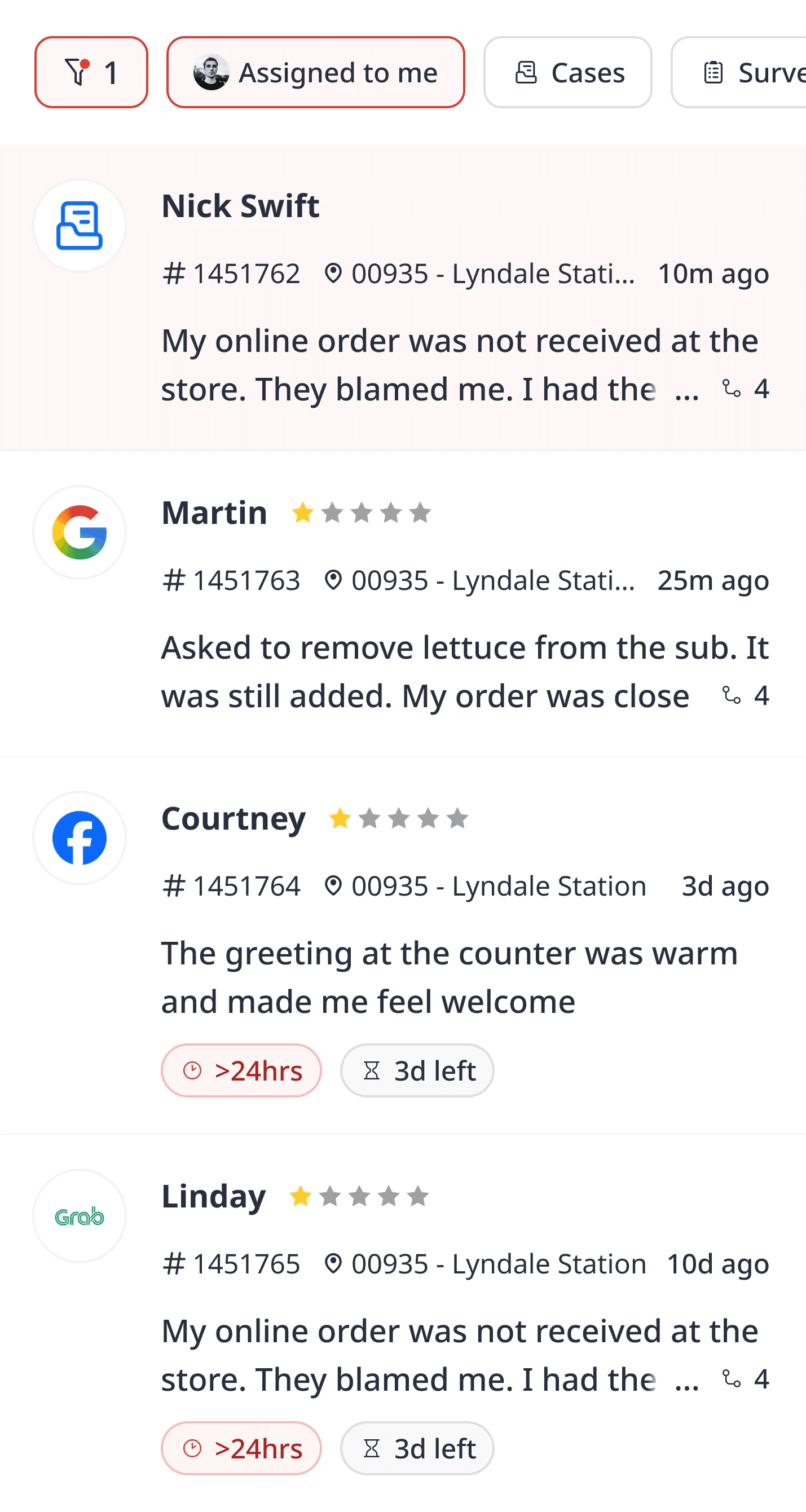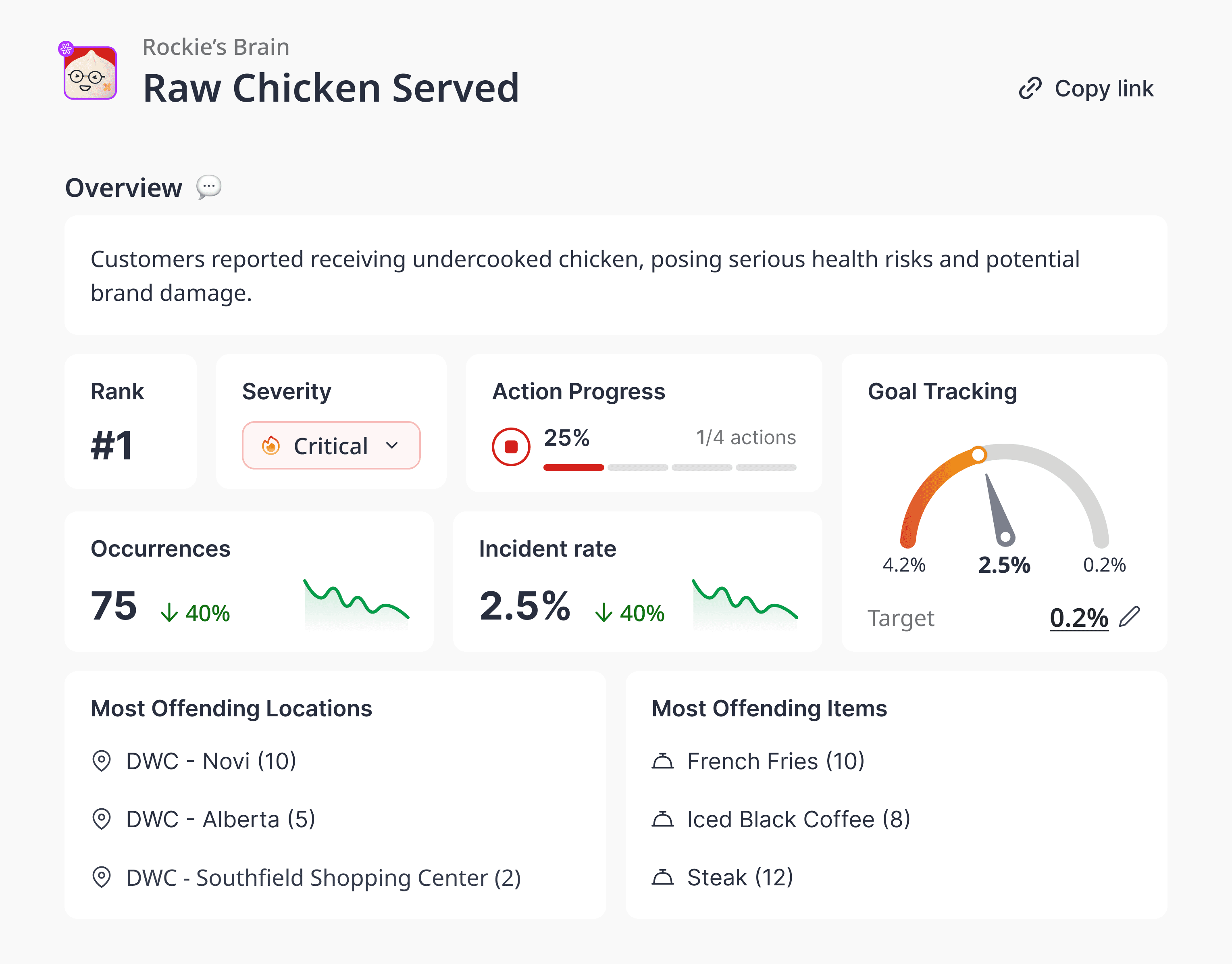
Jul 15, 2025
Amanda Jacob
How Multi-Location Brands Are Scaling AI That Works
Contents
Most companies don’t have an AI problem. They have a pilot problem.
AI gets stuck in single-store experiments, isolated departments, or flashy prototypes that never make it past the demo phase. But in 2025, a new class of multi-location brands is doing something different. They're scaling AI that actually works — across hiring, operations, marketing, and service — because they’ve figured out one critical idea:
AI has to prove itself like any other tool.
If it doesn’t save you money, make you money, or unlock speed at scale, it doesn’t belong in your tech stack.
Moving Beyond the Pilot Phase
It’s easy to test AI in a single store. The challenge is rollout.
Multi-location operators face unique constraints: fragmented systems, uneven staff training, compliance rules, brand standards. Scaling any tech means answering questions like:
Will this work across 100 different markets?
Can we measure results across locations?
Is it plug-and-play or a months-long integration?
The AI that’s winning in retail, hospitality, fitness, and food isn’t the most advanced. It’s the most repeatable. It scales with minimal lift. It integrates with systems already in place. It proves ROI in under a quarter.
Central Control, Local Agility
One of the biggest myths about AI is that it makes businesses feel robotic. But for multi-location brands, AI can actually support local autonomy — while maintaining central control.
Workforce tools like 7shifts help brands optimize labor based on local demand patterns, not generic forecasts. Voice ordering systems like OfOne or VOICEplug AI allow teams to customize prompts and tone based on region or customer base. Review management platforms like Momos let operators recover guests locally, while corporate still sees the full picture.
The result? AI isn’t replacing local decision-making. It’s making it smarter.
When AI Works, You Don’t Notice It
The most effective systems are rarely branded as AI. They’re simply embedded into the business. Your guests don’t know an LLM helped resolve their issue. Your store managers don’t know a machine learning model is optimizing your interview schedules. And they don’t need to.
These systems create what some operators are calling “quiet compounding” — incremental improvements that add up across the network. Five seconds saved per order. Two fewer missed interviews per week. A 4% lift in repeat customers from faster recovery. Multiply that across 200 locations and you start to see real movement in the P&L.
Why Semantic Context Is the Next Competitive Edge
One of the biggest blockers in AI adoption for large brands isn’t ambition — it’s data context. You can plug ChatGPT into your dashboards, but unless it understands what “net revenue” means at your company, you won’t trust the answers.
That’s why tools like Wren Engine and other semantic layers are gaining traction. They give AI systems the missing ingredient: context. When your AI knows what your metrics mean — and how they’re calculated — it stops being a toy. It becomes a decision engine.
Scaling AI Means Trusting AI
Executives don’t need another AI pitch. They need results.
They need to know that if a tool is rolled out to 500 locations, it won’t break the brand. That it will integrate with what’s already working. That it’ll help teams do more — not spend more time learning new systems.
Scaling AI isn’t about ambition. It’s about alignment. Brands that win this phase will be the ones who ask the hardest question first:
What happens after the pilot?






